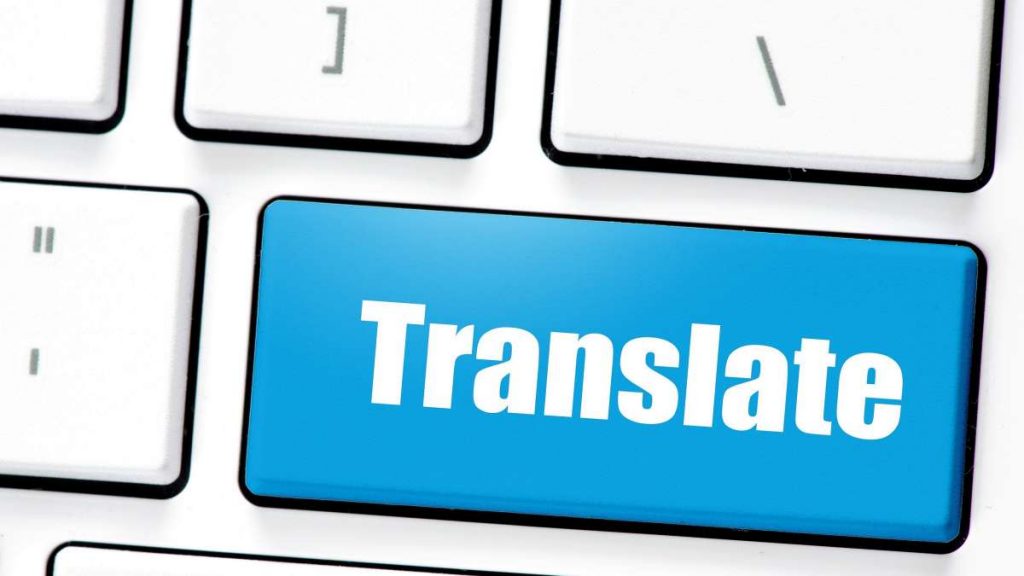You’ve often heard of the saying, “There’s no equivalent translation for it in English.” Why does that happen and how do you prevent this when you’re in the business of translation?
There are Definitely ways to offset the no-Equivalent-Translation Problem.
At times, the equivalent translation also sometimes is off-the-mark when it comes to conveying meaning in the translated work.
What does it mean to have a no-equivalent translation? And what do you do when you encounter a word or phrase that has no direct translation?
Today, you’ll find out how Ofer Tirosh, CEO of Tomedes Translation Company, which handles untranslatable translations, uses different methods instead of using direct, word-for-word translations.
We’ll give you a direct look at translating the untranslatable. Here’s an article about the perils of no equivalent translation, and the benefits that one can reap from being able to translate the untranslatable.
What Is An Equivalent Translation From the Eyes of a Translation Company?
An equivalent translation is a direct or word-for-word translation. In the translation industry, it means that one word stands equivalent to another word from one language to another.
Equivalent translations are often seen as good in the eyes of the public, because it assumes that the meaning has been translated and transferred correctly.
However, any translator can tell you that when translating idioms or untranslatable phrases, it might be better not to translate directly. Translating word-for-word, for a translator, is often a mistake.
That’s because often, the context matters in translation. That means if you translate a word directly, it may lead to offsetting the meaning of the very phrases you’re trying to construct in the translation.
For example, one of the most famous direct translations that failed in conveying the meaning was Parker Pen’s expansion to Mexico. They translated their slogan in Spanish, from the English “embarrass” into the Spanish “embrazá,” which inevitably meant “to impregnate,” making their slogan: “It won’t leak into your pocket and impregnate you,” when the slogan was supposed to read, “It won’t leak in your pocket and embarrass you.”
So, it might be better to not have an equivalent translation, at times when the translation calls for it. It may be better to be creative, use context cues, use different terminologies, and use a glossary.
The saying, “There’s no equivalent translation,” may be a good thing, after all.
The Insights of a Professional Translation Company in Equivalent Translation
In order to get a good look at translation, we interviewed Ofer Tirosh, CEO of Tomedes, a professional translation company that specializes in creative translations, for a wide range of industries.
According to Tirosh, Tomedes handles the translation of no equivalent translations with sensitivity and context, while still being as accurate as possible.
Ofer Tirosh, the CEO of professional translation company Tomedes, has this to say:
Translations are handled best by translators when they’re in line with the original texts. Even for those messages that don’t have a direct translation, they should be able to navigate the translation output to reflect the original source. Only in that way can they be true and accurate to the original.
The best methods from Ofer Tirosh in using non-equivalent translations are below. Keep reading!
Best Practices of A Translation Company In Using Non-Equivalent Translations
And so, Ofer Tirosh, from Tomedes Translation Company, which gives thousands of business clients quality translations, shares their best practices for the non-equivalent translations. Here are their best practices:
Using Creative Translation
Using creative translation is necessary for any work that requires creativity. Creative translation doesn’t use word-for-word translation, and instead uses the source text for inspiration. It uses the source text as a guide for how it will interpret and translate the text.
Creative translation is often used for slogans, headings and other texts that might not require the word-for-word translation. However, it is still recommended that you use creative translations for direct translations, in order to lessen your mistakes and sharpen your cognitive skills in translation.
Being Mindful of Contextual Clues
Contextual cues are necessary in every endeavor to avoid creating mistakes in the translations. Context matters, in the interpretation of the text. If you don’t pay attention to the context of the sentence, paragraph, and whole text, you may end up making mistakes in meaning.
Context makes up how the intended meaning will appear in the target language. Context is necessary for bridging the gap between languages, letting you know what is acceptable meaning in different languages.
Using glossaries
Sometimes, the client gives a glossary to use, in which case you can use the glossary as a guide for your translations. The glossary will target different words to use from the source language to the target language.
The glossary will also provide you with a guide as to which terms should be used and transferred from one language to another, either from the client, or from your own company’s well-used glossary.
Using different terminology
Using different terminologies given by the client or present in the source and target languages is essential when it comes to translation. Your translations should allow synonyms, semantics, and idioms to be used from one language to another.
These synonyms, semantics, and idioms are often very distinct to one language, so make sure that your translator is native to both languages, such as the ones that Tomedes Translation Company uses.
So if you’ve ever said, “There’s no equivalent translation for it in English,” there probably isn’t but there might be a translation that will make sense for your audience.

